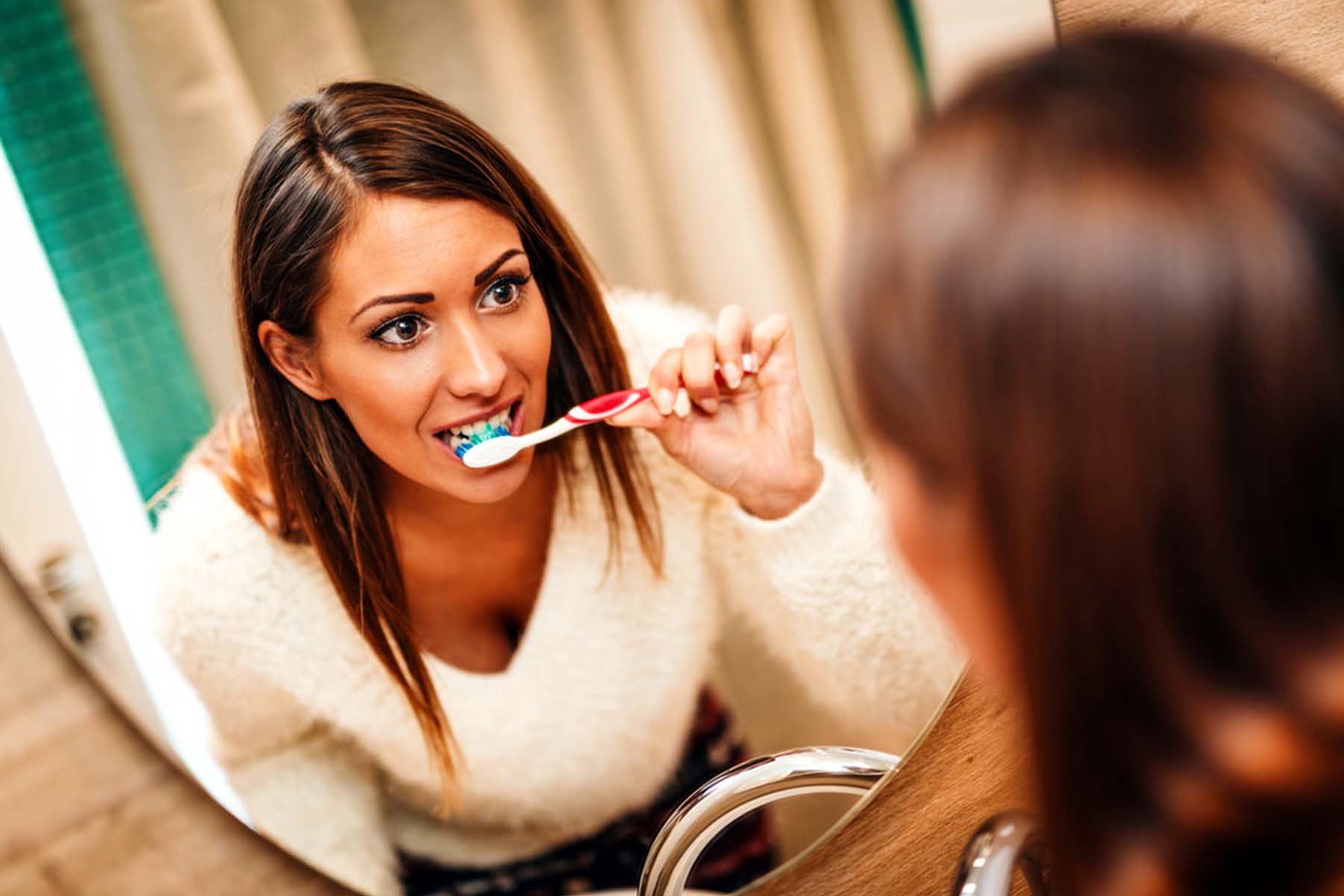
Good oral care can’t be just a sometime thing. To lower your risk of dental cavities, periodontal disease, tooth loss, and other issues of the mouth, it needs to be a daily priority. However, your dental professional wants you to know that doesn’t mean it needs to consume your every waking moment.
Know When to Brush Your Teeth
When you brush your teeth is just as important as how you brush them. Most dental care professionals recommend brushing at least twice a day. However, they also suggest that you don’t brush any more than three times daily. Brushing too often can cause your gums to recede.
Step 1: Brush in the morning when you wake up or after breakfast, if you eat before you leave the house.
Step 2: Brush at night before going to sleep. Saliva decreases while you sleep leaving your teeth vulnerable to bacteria.
Know How to Brush Your Teeth
Proper tooth brushing involves lightly brushing your teeth and gums to remove bacteria and food buildup. Brushing too hard may damage gums. Rinsing only doesn’t completely clean your teeth.
Step 3: Hold your toothbrush at a slight angle. Place it where your teeth and gum meet. Brush gently in a circular motion – sort of a combination of up, down, and sideways.
Step 4: Set a timer or put on your favourite song to be sure to brush your teeth for at least two minutes each time.
Choose the Right Dental Tools
It doesn’t matter whether you use an electric, battery-operated, or regular toothbrush as long you brush properly twice a day. Just make sure to choose a soft-bristled toothbrush, fluoride toothpaste, and an alcohol-free mouthwash.
Step 5: Choose a soft-bristled toothbrush that fits your mouth comfortably. A power-assisted model may make tooth brushing easier.
Step 6: Talk to your dental professional about the best toothpaste and mouthwash to use.
Care for Your Dental Tools Properly
Your toothbrush is just as susceptible to bacteria as your mouth. That’s why it’s important to care for it properly. Resist storing it in a container or sharing it with others to limit contamination and bacteria growth.
Step 7: Rinse and air-dry your toothbrush after each use and store it in an upright position.
Step 8: Replace your toothbrush at least every three months, sooner if the bristles begin to fray.
Learn to Floss Properly
Flossing takes time to learn. However, it’s an important part of your oral hygiene. All it requires is about 18 inches of floss wound around a finger on each hand. Gently slip the floss between two teeth and rub up and down against the side of each tooth.
Step 9: Floss at least once daily.
Step 10: Ask your dental care professional to show you how to floss properly.
The only way to hang onto your natural teeth is through good dental care practices. But, good oral hygiene takes time. Learn how to do it properly and you’ll find it’s easier than you think.
